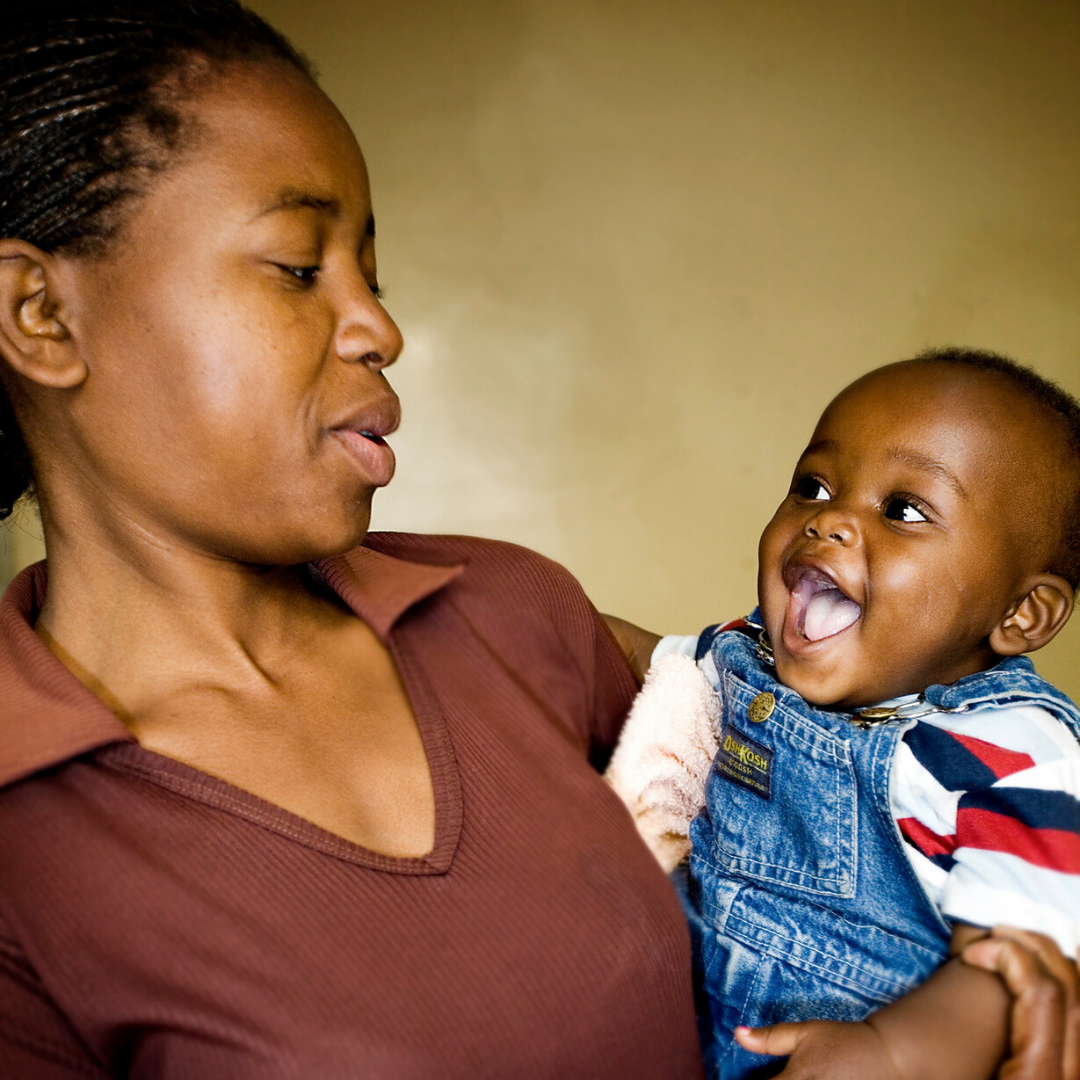The Impact of Maternal HIV Exposure on Infant Health
In recent years, significant strides have been made in the fight against HIV/AIDS, particularly in the realm of preventing mother-to-child transmission. However, the journey doesn't end with the successful prevention of HIV transmission from mother to child. A new frontier of research is emerging, focusing on understanding the impacts of maternal HIV exposure on infant health in early life. A recent study sheds light on this critical area, revealing intriguing findings about the biological pathways that shape infant outcomes.
(Image Source: Maternal Adolescent Reproductive & Child Health)The study delves into five key findings, each offering valuable insights into the complex interplay between maternal HIV exposure, inflammation, immune development, and infant mortality.
Maternal Inflammation and Infant Mortality:
The research highlights a strong association between systemic inflammation among women with HIV during pregnancy and infant mortality. This suggests that interventions targeting maternal inflammation could potentially reduce infant mortality rates.
Differences in Immune Development:
Infants exposed to HIV (HEU infants) exhibit distinct differences in immune development compared to those who are not exposed. These differences, particularly pronounced in boys, underscore the importance of considering sex-specific disparities in immune responses.
Impact of CMV Co-Infection:
Maternal CMV (cytomegalovirus) viraemia during pregnancy is more common in women with HIV and independently associated with infant mortality. CMV exposure during pregnancy and infancy also affects the immune phenotype of HEU infants, potentially influencing long-term immune development.
Sex-Specific Differences:
Male infants exposed to HIV demonstrate heightened systemic inflammation and altered immunophenotype, contributing to increased vulnerability compared to females. Understanding these sex-specific differences is crucial for designing targeted intervention strategies.
Implications for Intervention and Care:
The findings underscore the importance of early identification of high-risk pregnancies through simple biomarker tests like CRP (C-reactive protein). Moreover, interventions targeting inflammation and CMV co-infection during pregnancy may improve infant survival outcomes.
(Image Source: IANS, HIV- AIDS, The Weather Channel)This study offers valuable insights into the intricate relationship between maternal HIV exposure, inflammation, immune development, and infant health outcomes. By identifying key biological pathways and potential intervention targets, it paves the way for tailored strategies to improve the health and well-being of infants exposed to HIV. As we strive towards the goal of eliminating pediatric HIV infection, it is essential not only to prevent transmission but also to ensure the optimal health and development of all HIV-exposed infants.



Most important information
ReplyDelete